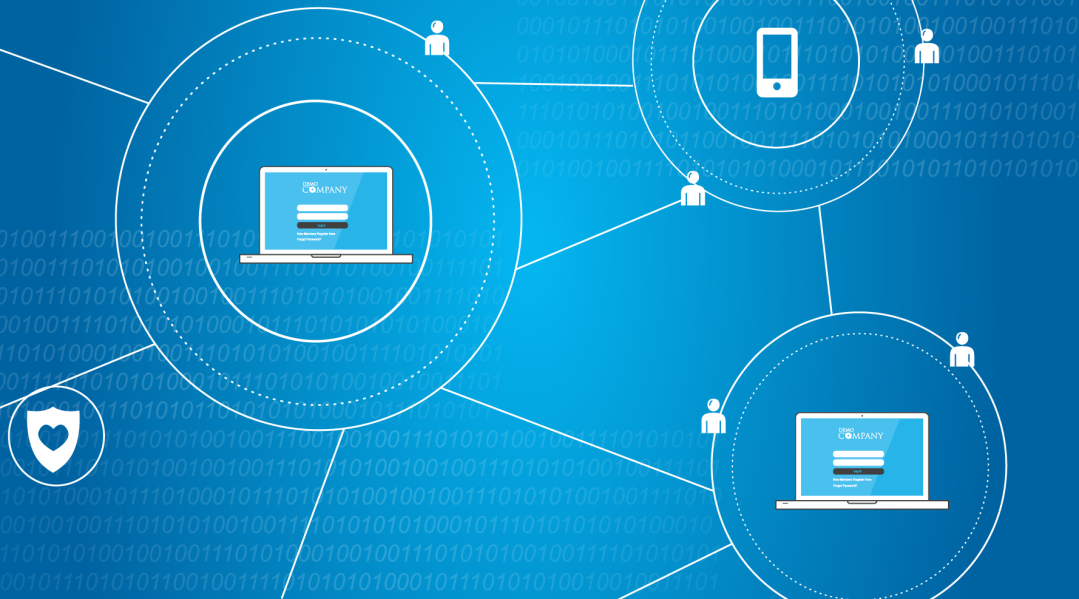In a healthcare era of mergers and acquisitions, cybersecurity issues, business consolidation, and addition of new services, Payers are managing more portals and systems than they used to.
Payer websites are now littered with portal links that require users to create 6 – 8 user accounts just to get all their information! This not only causes confusion and lack of user engagement, but also increased labor costs for the Payer as they maintain multiple portals.
An integrated portal saves Payers administrative time, increases the ease of managing a growing business, and engages users with a seamless online experience. Here are 3 ways a portal can help you consolidate your technology and business.
Consolidating Business Units
Different business units typically come with their own portals. And if your customers use services from multiple business units, chances are they’re having to manage multiple portal accounts while you try to keep track of which customer has what. With an integrated portal, your customers and stakeholders log into one place to access any of the information about their purchased services. This reduces confusion about which portal to log into and eliminates the need to log in separately for different products or services purchased. It also presents your company image consistently online, regardless of what product or service you’re referring to.
Consolidating Portals
As technology and healthcare needs evolve, Payers find themselves accumulating more portals for specific, one-off needs. Before they know it, they have one portal for secure email, another for secure document sharing, another for billing, and the list goes on. An integrated portal encompasses many of these independent solutions, enabling the Payer to facilitate all emails, document-sharing, and other tasks without having to license a separate portal just for that specific need. This not only prevents paying for multiple portals, but also cuts down on the time customer service teams spend jumping in and out of different portals to assist customers.
Consolidating Systems
Most Payer systems don’t integrate with each other, which can cause challenges in sharing a complete set of information with your users. Integrated portals centralize data from disparate systems and vendors and display it in a way that is consistent and understandable. This enables users to have a single point of access for all their data and to get a complete picture of where they stand. However, this also serves as a form of stability for the Payer. When you switch from one system or vendor to another, you will still have access to the data from your old system – and so will your users.
Your business structure, systems used, and technology needs will continue to change. But that doesn’t mean that your business efficiencies, customer service efforts, or communication processes need to suffer. Through an integrated portal, you can establish a sense of stability and consistency online, regardless of the business and technology changes going on behind the scenes.
To learn more about our integrated portals, schedule a demo.

